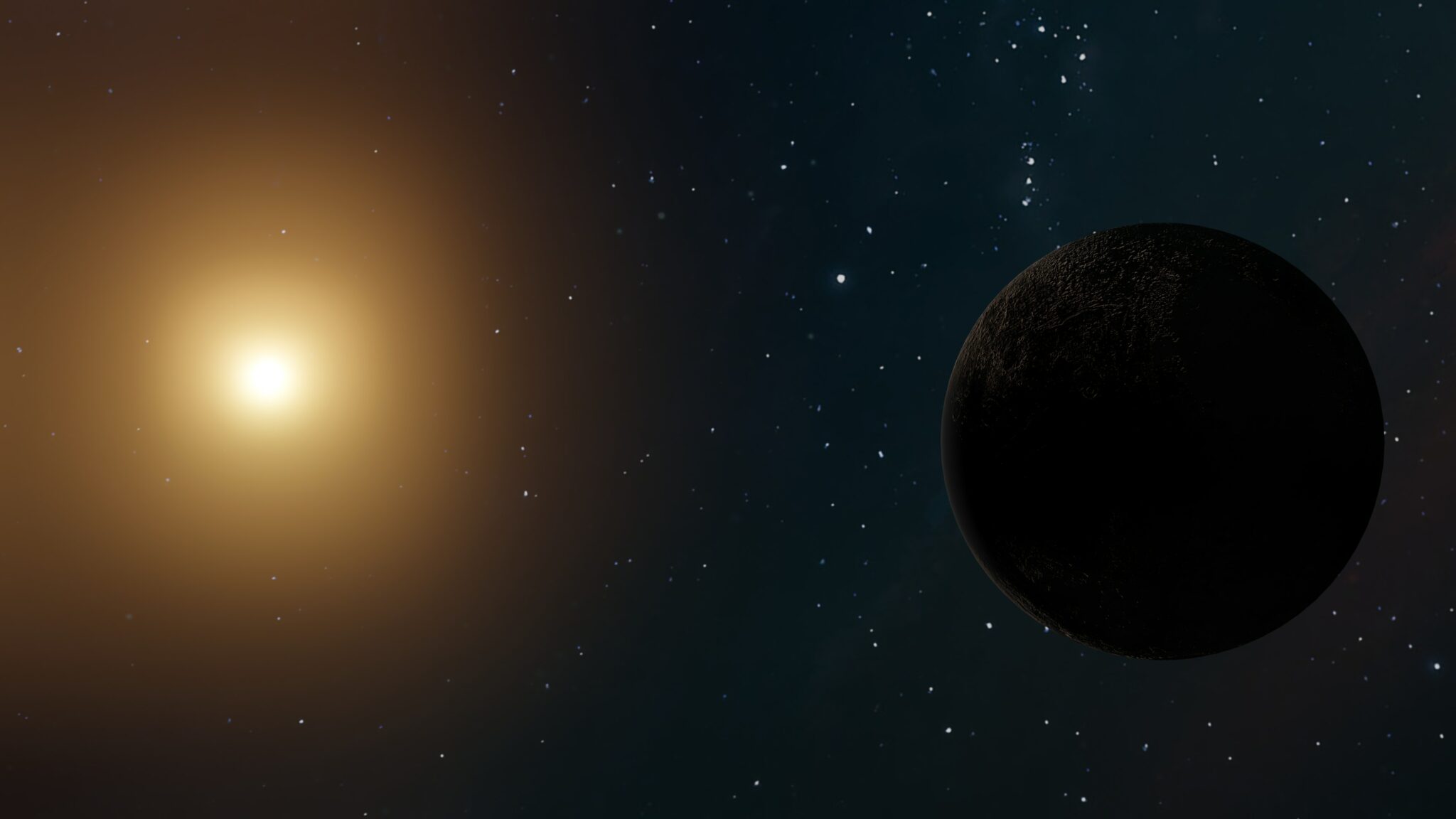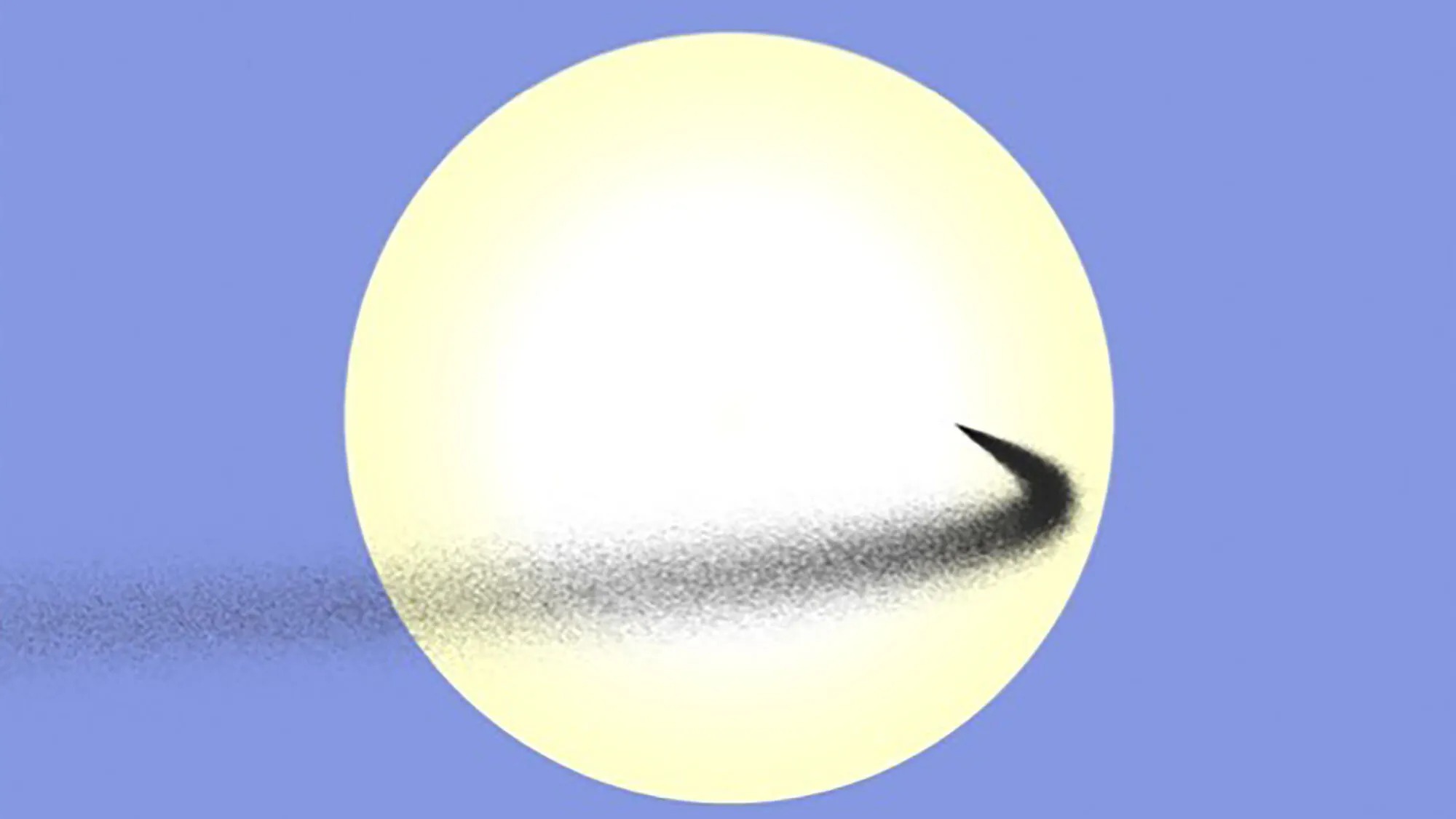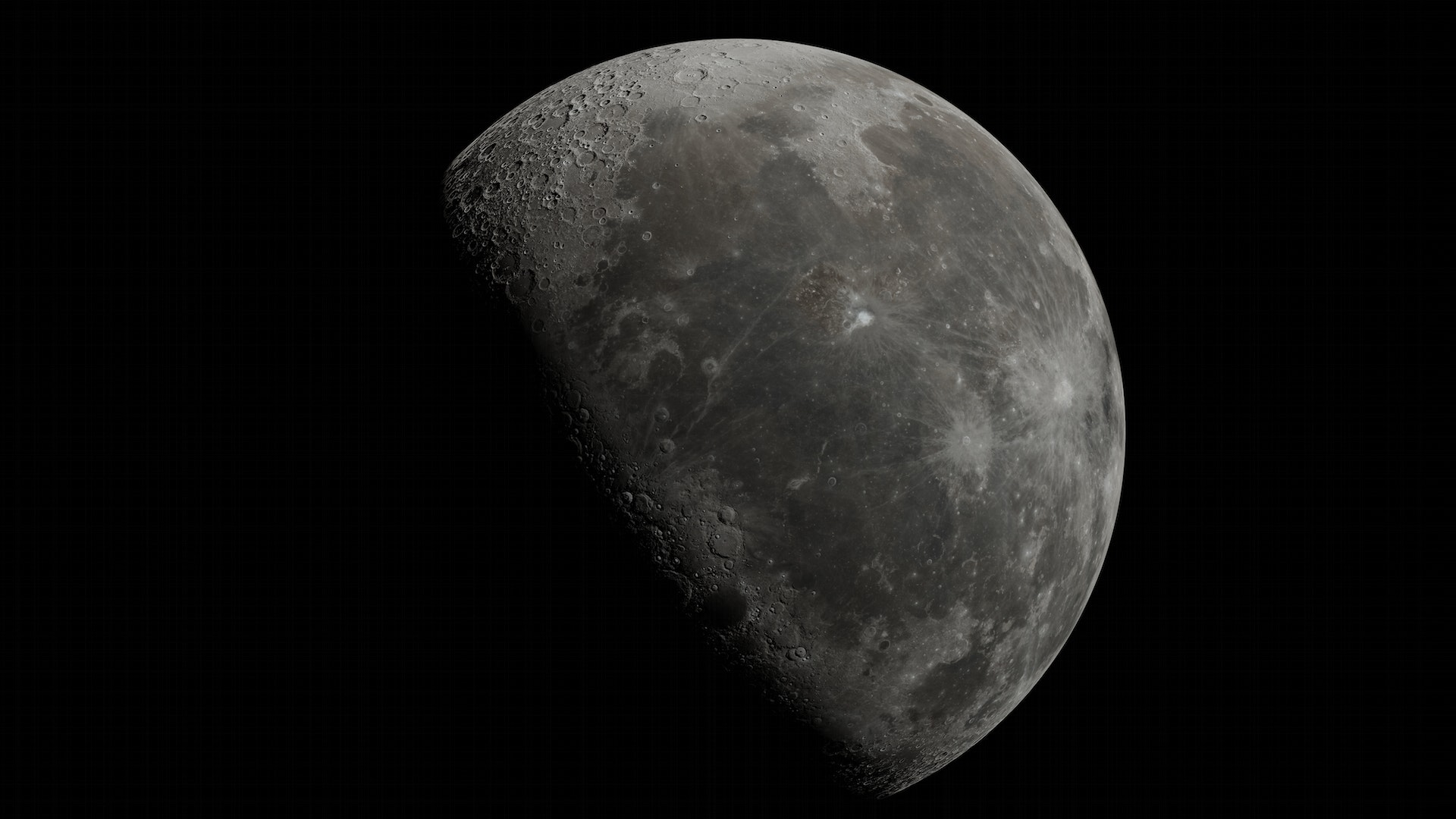Global warming due to the greenhouse effect is a scientifically proven fact. Now scientists from all over the world are looking for ways to prevent irreversible processes of heating the Earth. Recently, astrophysicists have demonstrated an amazing way to block solar radiation by using lunar dust.

The main reason for the increase in temperature is the burning of fossil fuels, which emit carbon dioxide into the atmosphere, retaining heat. Without a rapid reduction in CO2 emissions, temperatures are projected to rise by more than 1.5 degrees Celsius compared to pre-industrial levels in the next few decades. The worst-case scenario involves an increase in temperature above 2 or even 3 degrees, and on a global scale this can greatly affect catastrophic climate change.
How to shade the Earth from the Sun?
Over the past few years, a very ambitious and controversial solution has been put forward: why not dim the Sun? This process is known as solar geoengineering. One of the most hotly debated ideas involves spraying sulfur particles into the atmosphere in a process simulating a volcanic eruption. The reflecting particles will then reflect the sun’s rays back into space. A similar process in the past even caused a short-term ice age due to the eruption of the Toba volcano 75 thousand years ago.

But what if, instead of polluting the atmosphere, we sprayed them in space thanks to the ideas of astroengineering? In a new paper published in the journal PLOS Climate, a trio of scientists – Benjamin Bromley, Sameer Khan and Scott Kenyon – discuss scenarios for how to spray tiny reflective particles in space between Earth and the Sun. Using computer modeling, the team found that one of the possibilities was the use of lunar dust: its release into space would provide a temporary darkening of our home star, as a consequence – a decrease in temperature on our planet. In this scenario, sunlight was blocked by 1-2%. This would be enough to cause something similar to the Little Ice Age, which took place in the XIV century.
Problem solution
One of the team’s first ideas was to place a platform scattering cosmic dust at the Lagrange point L1, which lays approximately 1.4 million km inside the Earth’s orbit directly between the Sun and the Earth. The opposite Lagrange point L2 is located where the James Webb Space Telescope is located.
The problem in the simulation was that the dust was quickly blown away from the L1 point – it was not stable enough to hold the dust shield in place. They looked a little closer to the Earth, namely to the Moon. They conducted a simulation that demonstrated that spraying regolith from the Moon in the direction of the Lagrange point L1 was the most promising strategy.
However, one of the problems is exactly how much dust is needed. Constantly sending rockets full of cosmic dust to the L1 platform would be prohibitively expensive. Therefore, the Moon itself provides a second advantage. Scientists propose to create a sufficiently powerful cannon that will saw the regolith into space. This is quite possible due to the low gravity on the Moon. But what happens when the dust is in space? Fortunately, the simulation showed that dust particles would not fall by “meteor shower” to the Earth. Instead, they will eventually dissipate and fly away from the Sun, traveling into endless darkness.

This method has a caveat – it needs to be implemented as soon as possible, while the process of global warming is still reversible.
Follow us on Twitter to get the most interesting space news in time
https://twitter.com/ust_magazine
